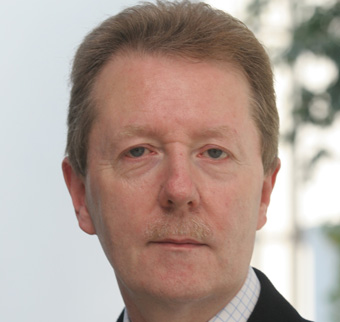Dublin team eradicates bacterial contamination in hospital water
University researchers develop automated system with funds from HRB and DDUH
Researchers from Dublin Dental University Hospital and Trinity College Dublin have developed a fully automated system that eradicates bacterial contamination in hospital water tanks, distribution systems and taps.
The study, which was funded by the Health Research Board (HRB) and the Microbiology Unit at Dublin Dental University Hospital, found that the system is also more cost effective than current practice and reduces maintenance requirements.
It has been estimated that hospital-acquired Pseudomonas aeruginosa pneumonia originating from hospital water systems kills over 1,400 patients annually in the USA. Severely ill patients and patients in high dependency units are particularly vulnerable to this type of infection.
This type of contamination was linked to the recent tragic deaths of three babies in a Belfast Maternity Hospital.
Professor David Coleman, Principal Investigator at Trinity College Dulbin, explained: “At the start of the study, the team measured the amount of bacteria in hot and cold water from the hospital clinics’ washbasin taps. The hot taps regularly yielded an average bacterial density of 482 colony forming units (cfu) for every millilitre (ml) of water, while cold water taps had 5022 cfu per ml.
“We cleaned and disinfected the water distribution network at the Dental Hospital, then developed and installed a novel automated water disinfection system to eradicate microbial contamination on a continuous basis.
“For 54 weeks we measured the microbiological quality of water from five sentinel washbasin taps in one of the hospital’s clinics by laboratory culture. The bacterial counts for hot, cold, and tank water during the study period were 1 cfu/ml, 2 cfu/ml, and 0 cfu/ml, respectively. Bacterial contamination of taps was virtually eliminated.
“Our results demonstrate that by systematically destroying bacteria throughout a hospital’s water distribution network, and in the supply water, we have a consistently effective and safe means of ensuring that hospital water and washbasin taps are no longer reservoirs of contamination that can lead to patients becoming infected in hospitals. It builds upon previous work we did to solve the longstanding problem of biofilm contamination of dental chair unit water lines and output water.”

